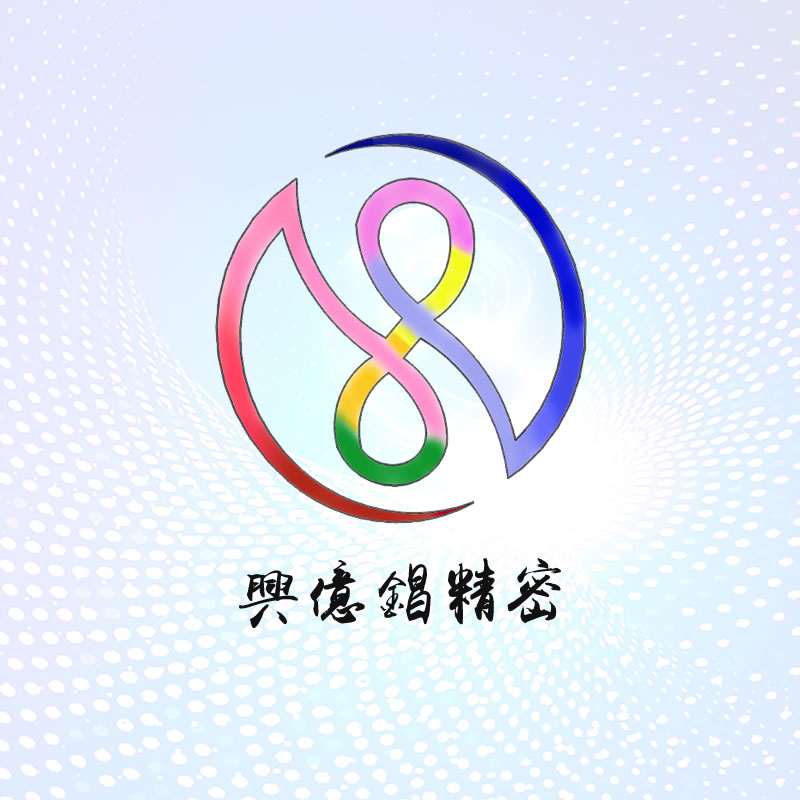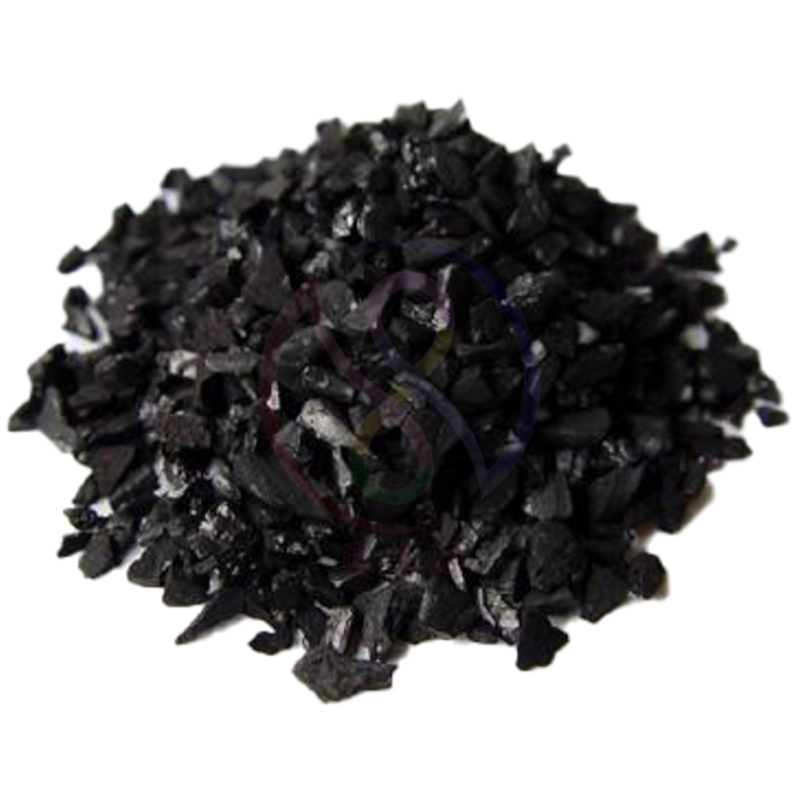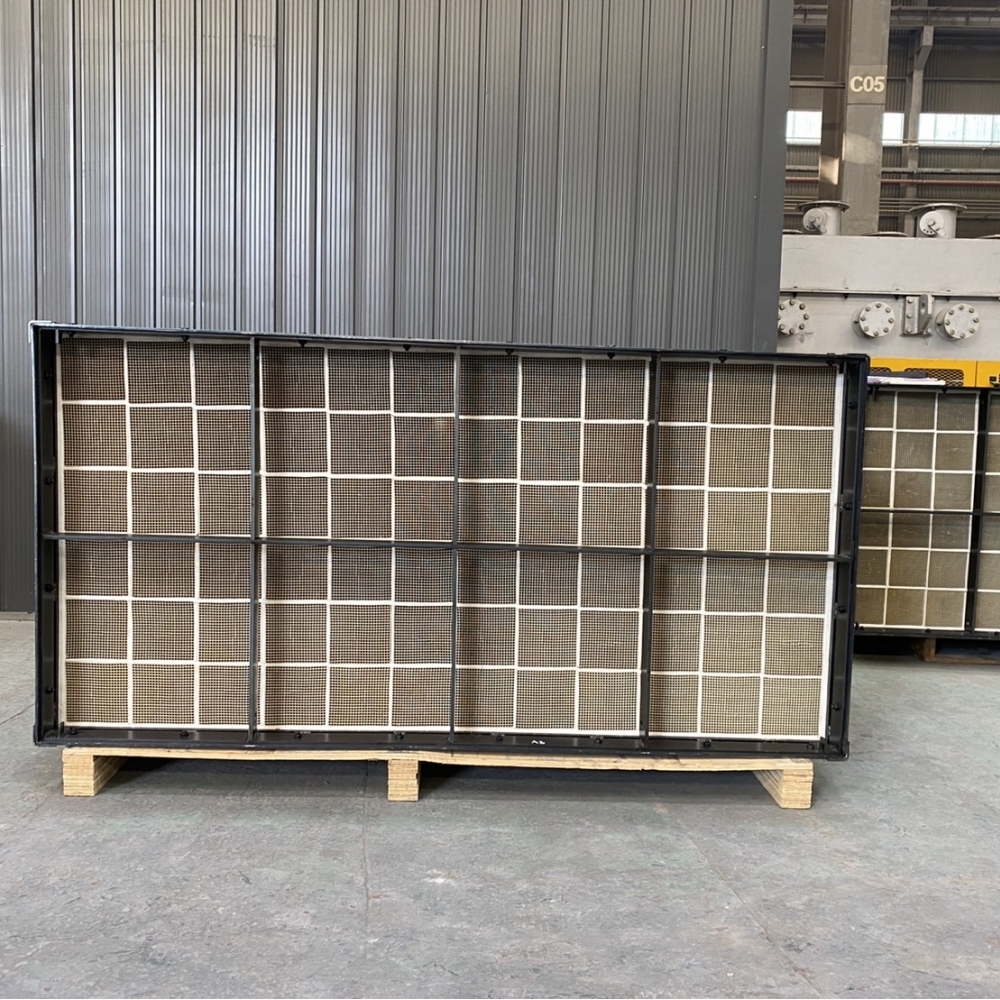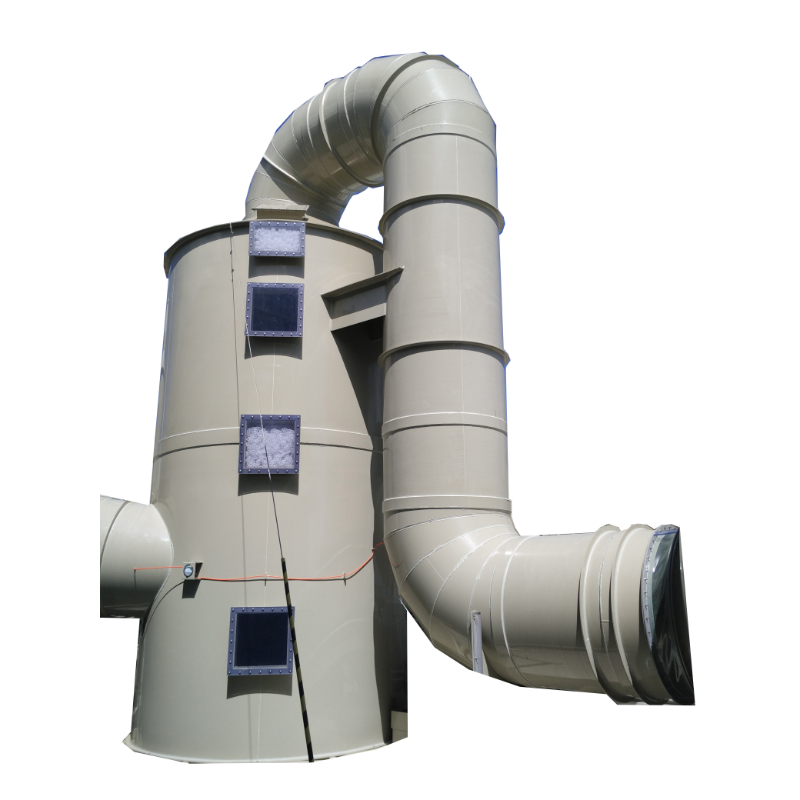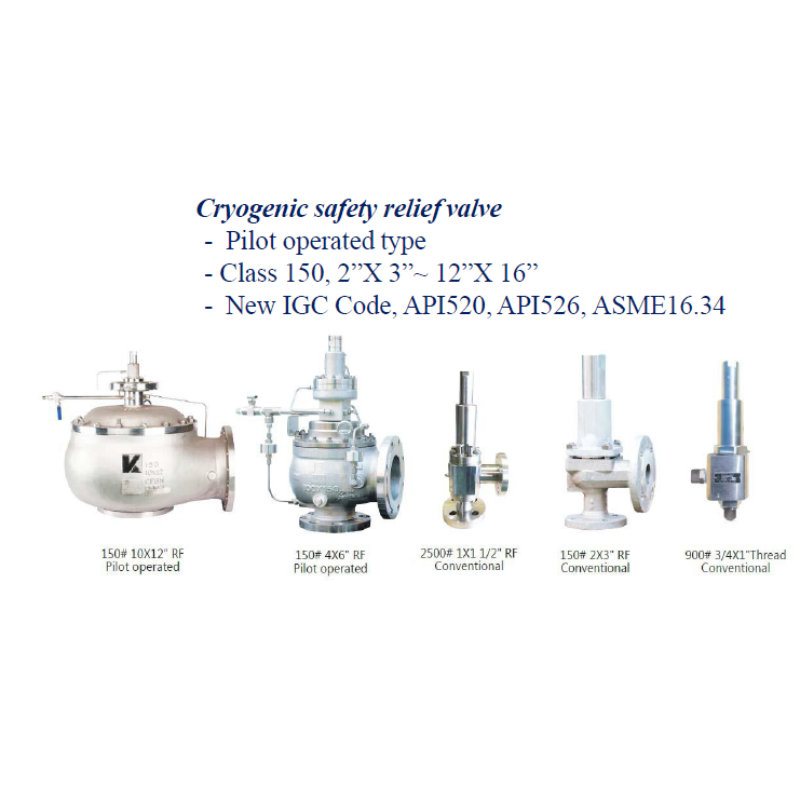-
商品資訊
RTO (Regenerative Thermal Oxidizer) Incinerator Description
A Regenerative Thermal Oxidizer (RTO) is a type of industrial air pollution control device designed to destroy volatile organic compounds (VOCs), hazardous air pollutants (HAPs), and odorous emissions from industrial exhaust streams through high-temperature oxidation. RTOs are widely used in industries that generate low-concentration, high-volume organic emissions, such as in chemical plants, printing facilities, paint and coating industries, and food processing.
1. Working Principle
The core working principle of an RTO is thermal oxidation, where harmful gases and pollutants are heated to a high temperature (typically between 760°C to 1,000°C or 1,400°F to 1,800°F) in a combustion chamber, breaking them down into harmless by-products such as carbon dioxide (CO₂) and water vapor (H₂O).
The "regenerative" aspect comes from the heat recovery system built into the oxidizer, where heat from the exhaust gases is captured and reused to preheat incoming polluted air. This increases energy efficiency and reduces the need for additional fuel consumption.
2. Key Components
- Combustion Chamber: The area where the contaminated air is heated to the necessary temperature for oxidation.
- Heat Exchangers: RTOs have multiple chambers filled with ceramic media, which alternately absorb and release heat, ensuring maximum energy efficiency by recovering up to 95% of the heat from the oxidized gases.
- Valves and Ducts: These are used to control the flow of the exhaust air, directing it through the heat exchanger and combustion chamber in the proper sequence.
- Fan System: The system that ensures continuous flow of exhaust gases through the RTO.
3. Operation Cycle
The RTO operates in a cyclical process that alternates between heating and cooling phases:
- Initial Heating: The polluted exhaust stream enters one of the heat exchange chambers, where it is preheated by the hot ceramic media, reducing the energy required for oxidation.
- Oxidation: The preheated air then enters the combustion chamber, where it is raised to the required temperature to oxidize VOCs and other pollutants.
- Heat Recovery: The cleaned air, still hot after leaving the combustion chamber, passes through another heat exchange chamber filled with cool ceramic media. Here, the heat is transferred to the ceramic material to prepare for the next cycle.
- Cycle Reversal: After a certain period, the direction of the airflow is reversed, so that the preheated ceramic media from the previous cycle now heats the incoming air, and the cooled media is reheated by the outgoing cleaned air.
4. Applications
RTOs are primarily used in industries where large volumes of exhaust gases are emitted with relatively low concentrations of VOCs and other pollutants. Common industries include:
- Paint and Coating Manufacturing: Where solvent fumes and VOCs are released during production.
- Chemical and Pharmaceutical Manufacturing: To control emissions from production processes.
- Food Processing: Where odor and VOC control is necessary, particularly from frying and cooking operations.
- Printing and Packaging: To treat solvents and inks used in printing processes.
- Waste Treatment Facilities: To manage odorous and hazardous air emissions from waste handling and treatment.
5. Advantages
- High Energy Efficiency: The regenerative heat recovery system allows RTOs to capture a significant amount of heat, which reduces fuel consumption and operating costs.
- Effective VOC Destruction: RTOs achieve high destruction efficiencies, typically up to 99%, ensuring compliance with strict air quality standards.
- Versatility: RTOs are effective across a wide range of industrial applications and are capable of handling varying concentrations of pollutants.
- Lower Operational Costs: Due to their high thermal efficiency and the ability to operate on the recovered heat, RTOs are cost-effective, especially when treating large volumes of air.
6. Disadvantages
- High Initial Investment: The construction of an RTO can be capital-intensive due to its complex design and materials (ceramic media, heat exchangers, etc.).
- Maintenance Requirements: The ceramic media and valves need periodic maintenance and replacement, especially in harsh industrial environments.
- Pressure Drop: The ceramic heat exchangers can pressure drops in the system, requiring robust fan systems to maintain airflow.
-
商品Q&A
